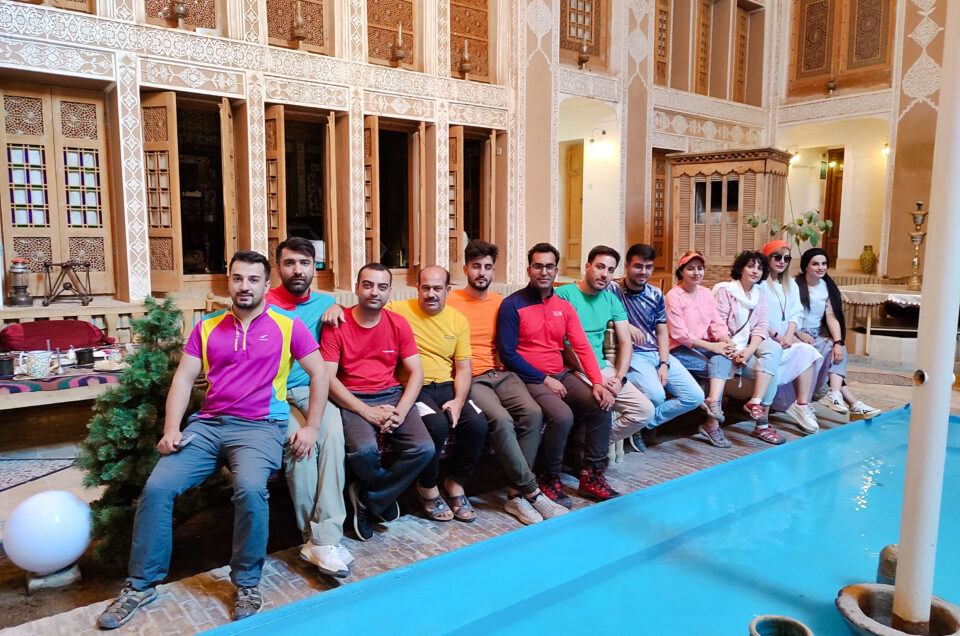Yazd, a city nestled in the heart of Iran, is not only known for its stunning desert landscapes but also for its rich historical and architectural heritage. Among the many treasures that Yazd holds, Dowlat Abad Garden stands as a testament to the city’s grandeur and elegance.

A Glimpse into History
Built during the late Afsharid period in 1125 AH (Anno Hegirae), which corresponds to 1713 CE, Dolat-Abad Garden was commissioned by Mohammad Taqi Khan Bafghi, also known as “Khan Buzurg.” He was a prominent figure in the Khavanin dynasty, a local ruling family in Yazd. The garden’s main purpose was twofold: it served as both a residence and a governmental center.
The Two Sides of Dolat-Abad Garden
Dolat-Abad Garden consists of two main sections, each with distinct functions.
- The Inner Section: This part of the garden was reserved for the Khan and his family’s private use. It includes several important buildings, such as the “Vestibule building” which was a summer residence featuring a unique wind-catcher system that provided cooling air in the hot months. Other structures in the inner section include the “harem” (a private residence), the “Baharestan Ayyeneh” (a reflecting pool area), the kitchen, a watchtower, a private water reservoir, and stables for both summer and winter seasons. The Vestibule building, with its eight-sided design, stands out as an architectural gem, and its interior features intricate stucco work.
- The Outer Section (Jolokhan): The outer section was dedicated to official functions and public affairs. It served as a venue for government ceremonies, sporting events, and city administration. Key structures in this section include the Jolo-khan, a grand hall where official receptions and gatherings took place, the “Talar Aineh” (Mirror Hall), two bazaars, and a public water reservoir.
Architectural Marvel: The Wind-Catcher (Badgir)
One of the most remarkable features of Dolat-Abad Garden is its Badgir, a traditional Persian wind-catcher. This particular Badgir is renowned as the tallest adobe wind-catcher in the world, reaching an impressive height of 33.8 meters. The wind-catcher design was not only aesthetically pleasing but also served the practical purpose of cooling the interior during the scorching Yazd summers

Current State
Today, Dolat-Abad Garden is a well-preserved historical site, attracting visitors with its unique blend of architecture, landscaping, and cultural significance. The garden remains an enduring symbol of Yazd’s rich history and the artistry of Persian garden design.

Visiting Dolat-Abad Garden offers a chance to step back in time and experience the grandeur of Iran’s architectural and horticultural traditions. It is a place where the past and present converge, making it a must-see destination for travelers exploring the enchanting city of Yazd.









